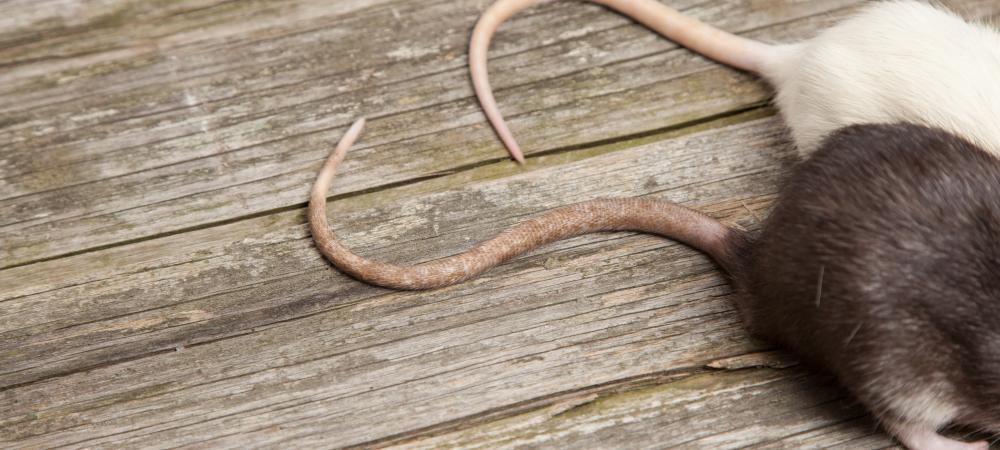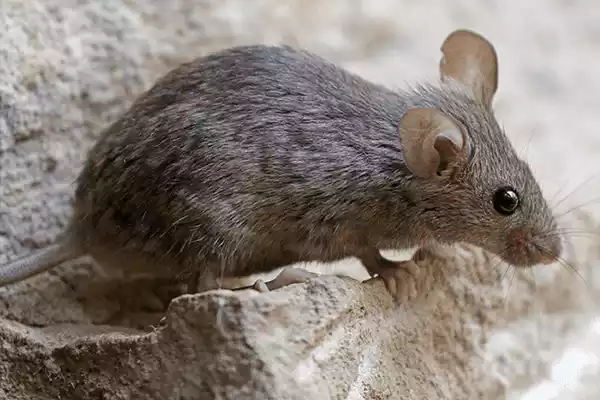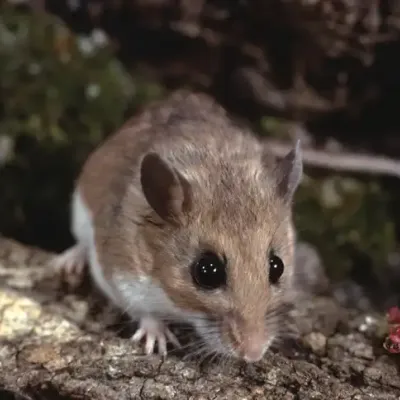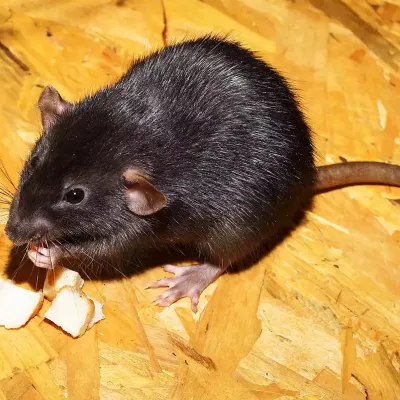A Guide to 6 Common Rodents Found in Tennessee Homes

Tennessee, with its diverse landscapes and varying climates, provides a habitat for several rodent species that may find their way into homes. Identifying these rodents is crucial for effective pest management. In this blog, we will explore the most common types of rodents found in Tennessee homes, discussing their characteristics, behaviors, and methods for identification.
House Mice

- Scientific Name: Mus musculus
- Identification: House mice are small, typically 2.5 to 3.5 inches in length, with a pointed nose, large ears, and a long, scaly tail. Their fur color varies from light brown to gray.
- Habitat: House mice are adaptable and can thrive in various environments. They often nest in secluded areas and can fit through small openings, making them adept at infiltrating homes.
- Behavior: Nocturnal by nature, the common house mice are prolific breeders and can rapidly populate a space if not controlled. They are omnivores and will consume a wide range of food items.
Deer Mice

- Scientific Name: Peromyscus maniculatus
- Also known as Field Mouse.
- Identification: The deer mice are small rodents with large, round ears, a bi-colored tail, and a white underbelly. Their fur can range from gray to reddish-brown.
- Habitat: Deer mice are adaptable and can be found in various environments, including wooded areas, fields, and, unfortunately, homes. They often nest in hidden, dark spaces.
- Behavior: Nocturnal in nature, deer mice are omnivores, consuming seeds, insects, and sometimes small fruits. They are known carriers of hantavirus, making their presence a health concern.
Norway Rats

- Scientific Name: Rattus norvegicus
- Also known as Brown Rat, Common Rat, or Sewer Rat.
- Identification: Larger than house mice, Norway rats measure around 7 to 9 inches in length, not including their tail. They have a more robust body, blunt nose, and a scaly tail.
- Habitat: Norway rats are burrowers and often nest in underground areas such as basements, crawl spaces, and sewers. They are also capable climbers and may access homes from higher entry points.
- Behavior: Generally nocturnal, Norway rats are omnivores, scavenging for food. They pose a threat to property due to their gnawing habits.
Roof Rats

- Scientific Name: Rattus rattus
- Also known as Black Rat, Ship Rat, House Rat, Tree Rat, Climbing Rat, White-Bellied Rat.
- Identification: Roof rats are similar in size to Norway rats but have a more slender and agile build. They have large ears, a pointed nose, and a tail longer than their body.
- Habitat: As the name suggests, roof rats often nest in elevated areas like attics, trees, and rafters. They are skilled climbers and can enter homes through openings in the roof or upper floors.
- Behavior: Roof rats are nocturnal and prefer fruits, vegetables, and grains. They are agile and can jump from one place to another, making them challenging to catch.
Eastern Gray Squirrels

- Scientific Name: Sciurus carolinensis
- Identification: Larger than most rodents found indoors, eastern gray squirrels have a bushy tail, distinctive gray fur, and are approximately 18 inches in length.
- Habitat: Squirrels are arboreal and prefer outdoor habitats like trees and wooded areas. However, they may find their way into homes through attics and crawl spaces.
- Behavior: Diurnal by nature, squirrels are herbivores, feeding on nuts, fruits, and seeds. They are known for their gnawing habits, which can lead to damage to structures.
Chipmunks

- Scientific Name: Tamias spp.
- Also known as Ground Squirrels.
- Identification: Smaller than squirrels, chipmunks are about 5 to 6 inches long, with distinctive stripes along their back and face.
- Habitat: Chipmunks are ground-dwelling rodents that may burrow near homes or access structures through openings at ground level.
- Behavior: Diurnal and omnivorous, chipmunks feed on seeds, nuts, fruits, and insects. Their burrowing habits can pose a risk to foundations and landscaping.
Call Professional Rodent Exterminators
Rodents can be attracted by a variety of things in your home, including water sources, food scraps, pet food, and breeding spaces, quickly leading to a full rodent infestation. Identifying the species of rodent invading your Tennessee home is the first step toward effective pest control. By understanding the characteristics and behaviors of common rodents, homeowners can keep their home rodent-free and, if necessary, seek professional assistance to address infestations.
Regular inspection and maintenance are crucial in keeping these unwelcome guests at bay, ensuring a pest-free and comfortable living environment. For the best rodent control and prevention, contact Sherrill Pest Control today!
